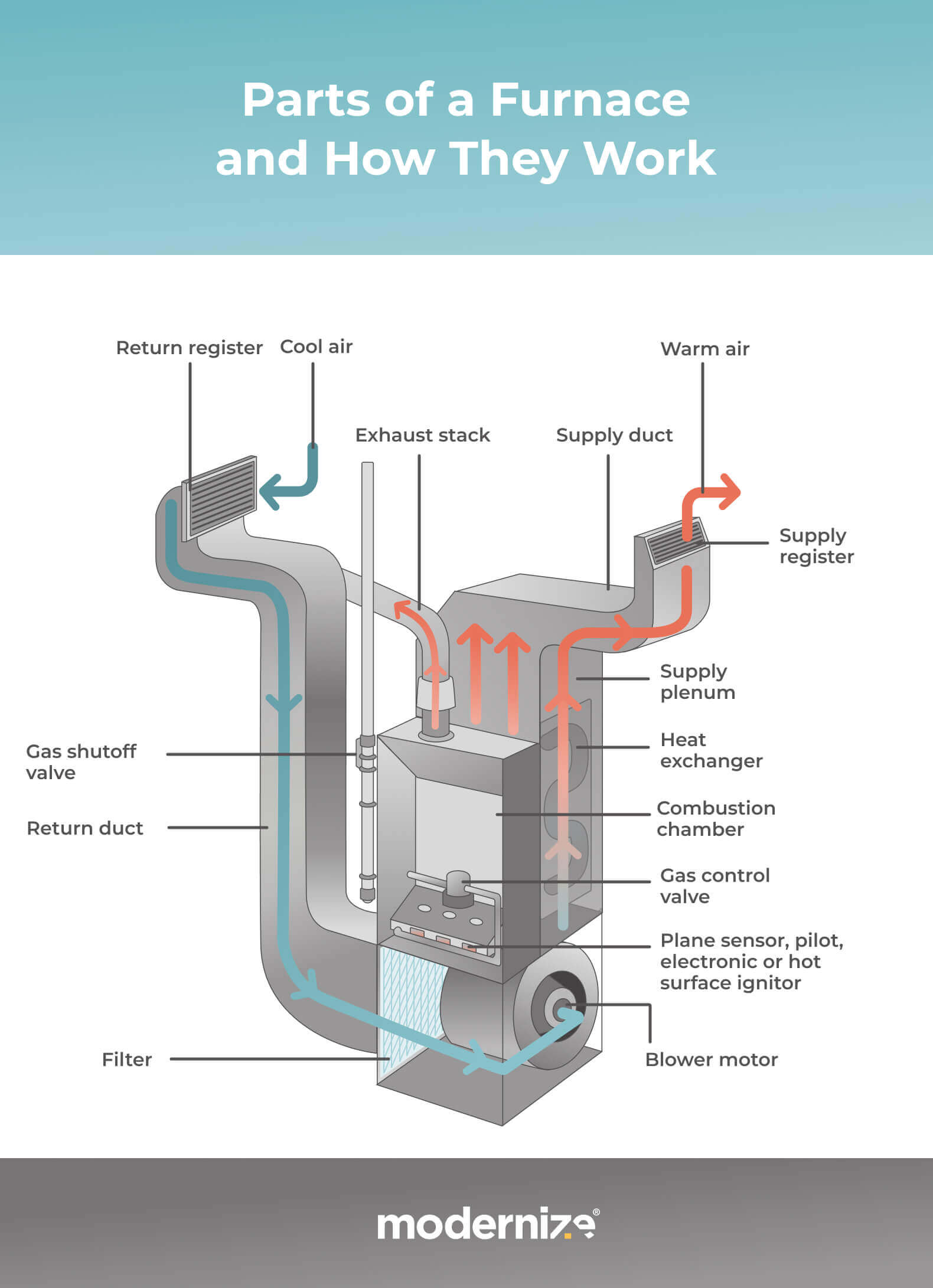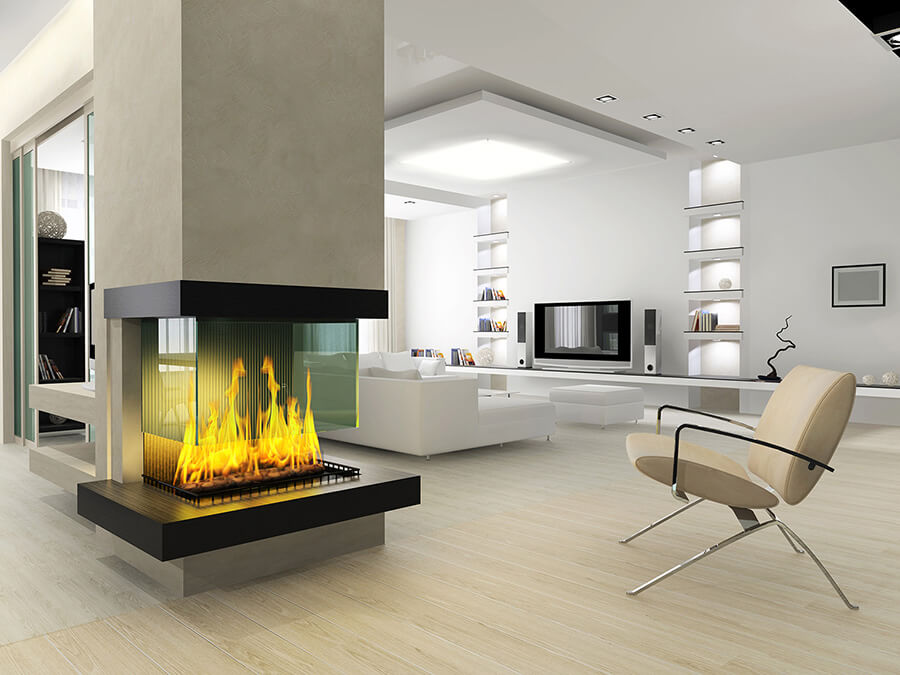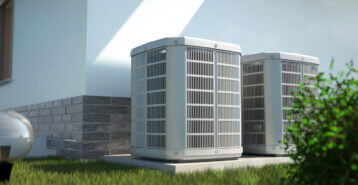Are you doing an HVAC project?
Modernize can pair you with three to four pros in your area, so you can compare options and save time and money.
What Is a Two-Stage Furnace?
A two-stage furnace can operate at two levels of heat output. Unlike a single-stage furnace, which is either on or off, it runs on low or high fire. For most homes, the low stage delivers steady, comfortable heat and can help lower utility bills.
How Does a Two-Stage Furnace Work?
A single-stage furnace has a gas valve with two positions: open and closed. When it turns on, the burner fires at full capacity, the heat exchanger warms up, and the blower pushes heated air through your ducts. The system then shuts off until the thermostat calls for heat again.
A two-stage furnace uses a three-position gas valve: closed, partially open (low), and fully open (high). In low stage, the furnace typically runs at about 60% to 65% of its maximum output. This gentler, longer run helps warm your home more evenly and efficiently. When outdoor temperatures drop and your home needs more heat, the control board and thermostat signal the furnace to ramp up to high stage to meet demand.

How Does It Heat My Home?
It adapts to the weather. On mild or moderately cold days, the furnace often runs in low stage, maintaining set temperatures with less fuel. On very cold days, it shifts to high stage to reach your thermostat setting quickly, then returns to low or shuts off as needed. This flexibility matches heat output to your home’s needs — something a single-stage system cannot do.
Related Post: How Do Furnaces Work?
Find the Right Contractor for Your HVAC Project
Whether you’re ready to begin your project now or need some expert advice, our network of contractors are here to help. With a few simple questions, we’ll find the best local professionals for you
Benefits of a Two-Stage Furnace
- Lower Energy Use: The furnace burns less fuel during milder weather by running in low stage and only switching to high when necessary. That can translate to reduced energy costs during the heating season.
- More Even Temperatures: Longer, lower-output cycles help eliminate hot-and-cold swings and reduce cold spots from room to room.
- Quieter Operation: Low-stage heating typically sounds softer than full-blast cycles.
- Improved Indoor Air Quality: Because the system runs more frequently at a lower rate, your air circulates through the filter more often, which can support cleaner indoor air.

Difference Between Single-Stage, Two-Stage, and Variable-Speed Furnaces
- Single-Stage: Operates with two modes — on and off. When it runs, it delivers maximum output. That can heat quickly but may cause temperature swings and short cycling.
- Two-Stage: Offers low and high heat settings. Most of the time it runs in low stage for steady comfort and efficiency, then shifts to high when your home needs a boost.
- Variable-Speed: Refers to a furnace with a variable-speed blower motor. Instead of the fan running at one or two fixed speeds, the motor adjusts airflow in small increments to maintain even temperatures and improve comfort and efficiency. Variable-speed blowers can be paired with single-stage or multi-stage gas valves, but they are most effective with two-stage or modulating systems.
Which Furnace Is Right for My Home?
For many households in moderate to cold climates, a two-stage furnace offers an excellent balance of comfort, efficiency, and cost. If you want the most precise temperature control and quieter, consistent airflow, consider a variable-speed furnace paired with two-stage heating.
Before replacing your furnace, talk with a licensed heating, ventilation, and air conditioning (HVAC) contractor. Ask about your home’s size, insulation, ductwork, and energy use so they can recommend the best option for your budget and comfort goals.
Find the Right Contractor for Your HVAC Project
Whether you’re ready to begin your project now or need some expert advice, our network of contractors are here to help. With a few simple questions, we’ll find the best local professionals for you
Reviews from Real Homeowners
Welcome to Homeowner Resources! We are the Modernize blog. Modernize pairs more than 3 million homeowners a year with pre-vetted contractors in their area. This blog started because we believe homeowners should know everything about their homes, from how their HVAC works to which front door colors they might love. On Homeowner Resources, you can find information on every part of your home, right down to how you can negotiate with contractors to get the best price. Here's more about the blog.
Need a contractor? Learn more about how Modernize finds the right pro for you.





